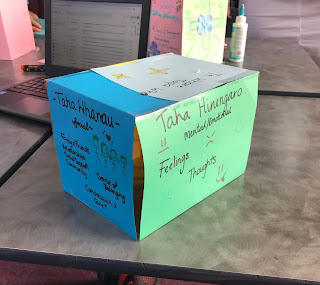The Treaty Of Waitangi. The TOW is New Zealand's founding document. It was signed on the 6th of February 1840, in the Bay of Islands. For a while, it is recognized as a public holiday in NZ. The Treaty was copied into two different versions, a Maori and English. This agreement was then signed by the British Crown and many Maori Rangatira's (Chiefs). There are many values in the Treaty, for example, Partnership, Participation, and Protection.
Although Waitangi day is an official public holiday, not everyone agrees with having to celebrate this day. A lot of people find no relevance in celebrating The Treaty of Waitangi and would rather resort to protesting about it. However, there are proud kiwis' who love to celebrate this day as they find it an accomplishment for NZ.
When it comes to celebrating Waitangi Day my family hardly celebrates this day. We rather like to chill and rest before the following week rolls in. However, when we do celebrate we like to go on outings and spend a nice and fun day together.
To be honest I think learning about Waitangi Day should be optional. Because like I said there are people who love to celebrate this day and who don't. I think students should be able to choose whether they learn about it or not. However, learning about Waitangi Day could be really impactful and good to learn.


